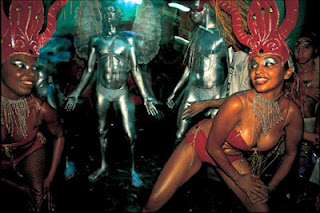When are the official Carnival dates? This was created to provide a schedule for anyone planning on visiting Bahia, Brasil now or in the future. Carnival dates change every year.
Be sure to bookmark this page.
Usually Carnival starts a day before the "official" start. Also festivities leading up to Carnival Salvador start in late December. Be sure to click the link below to schedule your Carnival trip.
Check the Dates Out For Info About Carnival Salvador, Rio, and the Rest of Brazil
Carnival Salvador 2020 dates: February 21st until February 25th
Carnival Salvador 2021 dates: February 12th until February 16th
Carnival Salvador 2022 dates: February 25th until March 1st
Carnival Salvador 2023 dates: February 17th until February 21st
Carnival Salvador 2024 dates: February 9th until February 13th
Carnival Salvador 2025 dates: February 28th until March 4th
Carnival Salvador 2026 dates: February 13th until February 17th
Carnival Salvador 2027 dates: February 5th until February 9th
Carnival Salvador 2028 dates: February 25th until February 29th
Carnival Salvador 2029 dates: February 9th until February 13th
Carnival Salvador 2030 dates: March 1st until March 5th
Now that you have all the dates, you are able to start arranging your bookings for the next must-see Carnival!
.png)









